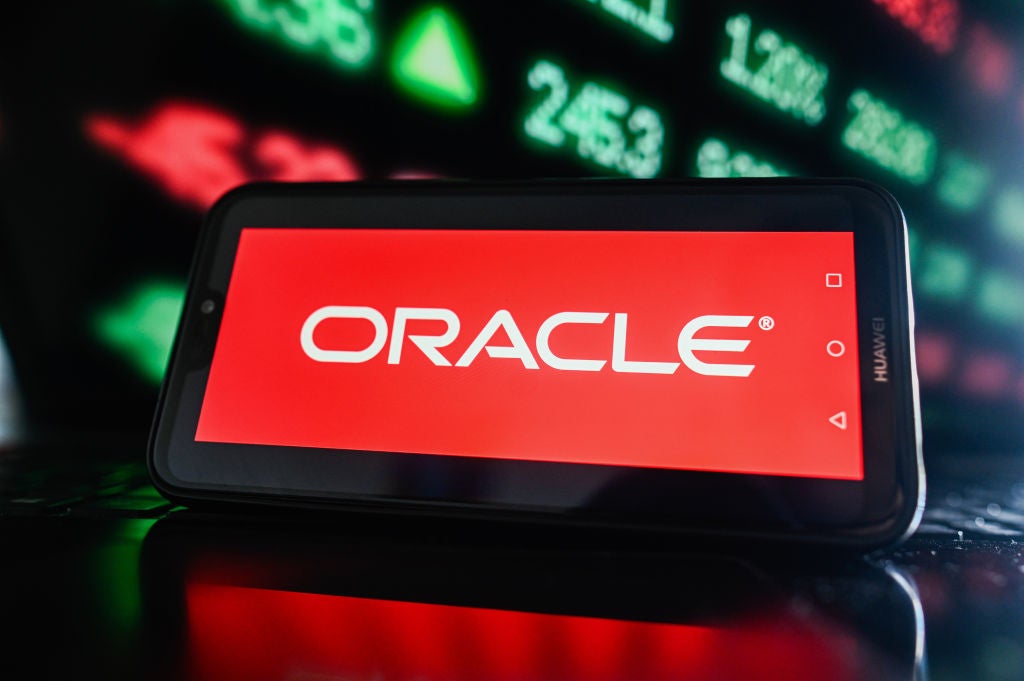
It’s safe to say that competition in the traditional tech space is no longer the wild west it used to be. Companies that may have once fought tooth and nail against each other now fall subject to rigorous antitrust regulations that combat anti-competitive practices.
For many, this begs some fundamental questions. What would the competitive landscape in tech look like if there was no referee to carefully manoeuvre around the ring and separate the fighters? How quickly would dominant players fall by the wayside if companies were bold and direct in their competitive strategy? Just how frequently would monopolies rise to success and how long would it take for their prowess to expire?
It can be argued that the current Web3 ecosystem, particularly concerning non-fungible tokens (NFTs) and decentralised finance (DeFi), is a “limited-time-only” embodiment of such a theoretical unwinding. Many prominent Web3 protocols such as OpenSea, BLUR, and Uniswap have either experienced or initiated exclusionary attacks on other platforms and in some cases have been successful in eliminating, or at the very least hampering, competition. Should analysts be savouring this gloves-off battle royale while it still exists?
Blood money
Cryptocurrencies are the life force behind the network of decentralised applications (dApps) that make up the Web3 ecosystem. Therefore, any attempt to drain a platform’s liquidity can lead to its demise. As one may expect, this effectively handed dApps an aggressive marketing and growth strategy that can wipe out competing platforms.
A ‘vampire attack’ occurs when a new Web3 project directly offers incentives or rewards to users of another platform. This can cause users to completely abandon a project in favour of another, effectively sucking the life out of the platform, hence the name.
The most common form of vampire attack is when a new platform exclusively airdrops its native token to the users of another platform, enticing them to switch over to the new project. Large dominant platforms are relatively resilient to vampire attacks but can still see their liquidity drained by projects offering better features and user experience. Unlike other liquidity attacks on blockchain applications, vampire attacks are legal and are simply a competitive practice. As such, they will likely persist as a way for new platforms to grow rapidly.
How well do you really know your competitors?
Access the most comprehensive Company Profiles on the market, powered by GlobalData. Save hours of research. Gain competitive edge.

Thank you!
Your download email will arrive shortly
Not ready to buy yet? Download a free sample
We are confident about the unique quality of our Company Profiles. However, we want you to make the most beneficial decision for your business, so we offer a free sample that you can download by submitting the below form
By GlobalDataAre ‘royalty wars’ the new ‘browser wars’?
Like how Microsoft and Netscape competed in the so-called ‘browser wars’ of the 1990s, NFT marketplaces’ have been aggressively competing in the ‘royalty wars’.
Royalty fees are the proportion of an NFT trade that is paid to the original creator of an NFT. Most platforms, most notably OpenSea (the most popular NFT marketplace by a wide margin), initially enforced minimum royalty fees to support creators. However, in 2022 some marketplaces started adjusting their royalty policies to make executing trades cheaper, ultimately threatening OpenSea’s dominant position. LooksRare, which scrapped minimum royalty fees and made them optional. Due to its longstanding platform loyalty, OpenSea still commands most of the NFT trading volume. However, it did respond to the threat by acquiring Gem, a popular NFT aggregator, in April 2022.
Things really shook up when BLUR launched in October 2022. BLUR made royalty fees optional but also delivered what many believe to be a far superior user experience, which meant it was able to siphon most of OpenSea’s trader traffic. Both OpenSea and BLUR significantly adjusted their royalty policies throughout 2023 to deliberately harm each other’s growth potential. BLUR went as far as to make a U-turn in February 2023 by announcing that it is enforcing full royalty fees for any collection that blocks OpenSea trades. Unless OpenSea innovates to offer new features, it seems plausible that BLUR could eventually overtake OpenSea in terms of all-time trading volume.
The flame will eventually die down
Barriers to entry for Web3 businesses are extremely low. As such, regulators were not given the chance to carefully develop antitrust laws to accommodate such a rapidly growing landscape. These legislations will eventually be designed to protect Web3 platform owners and retail crypto investors. Until then, the chaos will continue, and we as analysts should buckle in for the ride before it ends.





